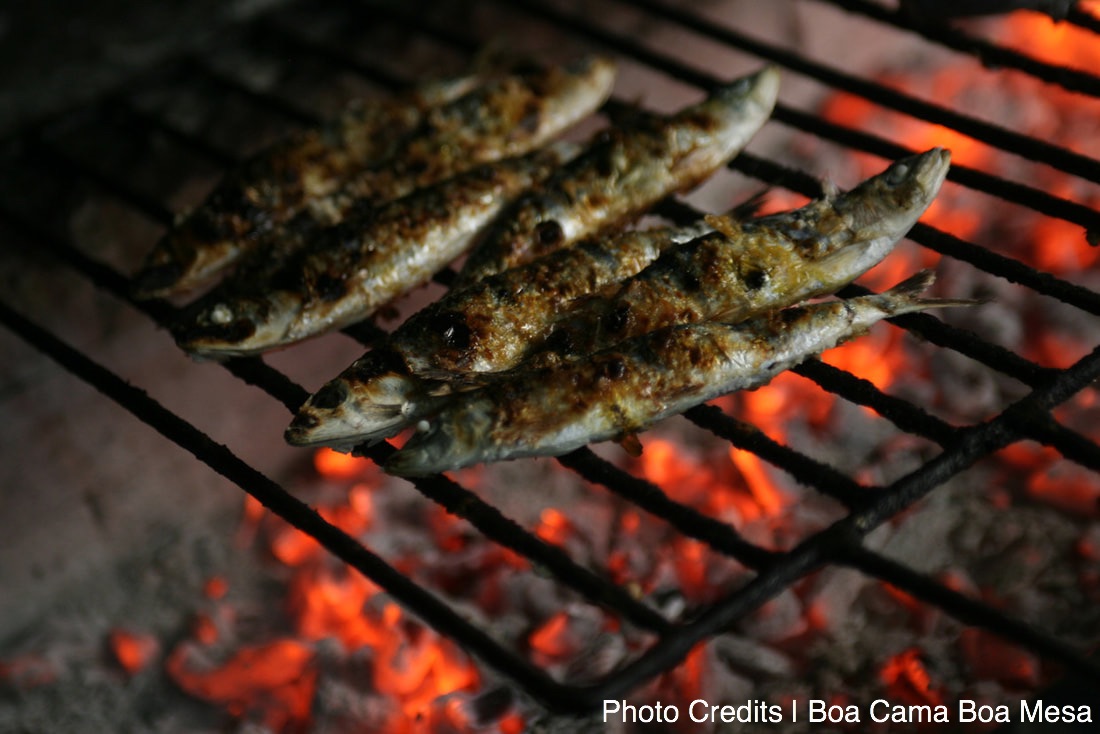|
From north to south, June is all about the summer celebrations, more commonly known as Santos (saints). They have their origin in the summer solstice pagan rituals. This phenomenon, that creates the longest day with daylight and marks the beginning of summer, can be witnessed in the northern hemisphere around the 21st of June. Before Christ celebrations were thrown to praise the sun, the light and the fire and, at the same time, people asked the gods of fertility to ensure good crops for the following months. Afterwards, with Cristianism spreading fast all over the country, the Church took over this celebrations and changed them to the 24th, the day St. John the Baptist was born. Later on, the 13th and the 29th were added to the religious festivities calendar to pay homage to St. Anthony and St. Peter. These are the three main saints celebrated in June and are considered the patron saints of the month. Santos honor the old traditions and bring locals to the streets from dawn till dusk. Saint John is the the oldest celebration and although the bank holiday is celebrated on the 24th, the main party is on the night of the 23rd. There are celebrations all throughout the country, but the most famous one is in Porto. The whole city is decorated with colourful banners, there are music stages spread across town and locals head to the streets to eat grilled sardines and peppers, drink and dance. Thousands of hot air balloons are released into the dark blue and at midnight there’s a spectacular firework show lighting up the sky. In Lisbon locals celebrate St. Anthony on the day of his death, the 13th. This saint is renown for protecting the week, the vulnerable and the couples. On the morning of the 13th 16 couples exchange vows in front or thousands in the hope of being for ever looked after. That same day but during the afternoon there’s a religious parade that starts in front of São Francisco da Cidade Convent and finishes right in front of Santo António Church. The celebrations are similar to the one in Porto, but last for a lot longer and during the whole month the city is in a brighter mood. There are competitions between the different districts, with locals dressed with intricate costumes dancing to traditional music. Every year one holds the annual title, which is announced on the night of the 12th after they descend Avenida da Liberdade, the main avenue. Saint Peter is the “heaven’s key keeper”, known for controlling the weather. On the 29th he is celebrated and the day is also known as the Pope's day as Saint Peter was the first Pope of the Catholic Church. Festivities are similar to the previous ones, with traditional music, beautiful artisanal fairs and street parties. You can witness them in Póvoa de Varzim, Évora, Sintra and many more small towns across the country. Even though they are religious celebrations, some pagan rituals still remain. The evil eye is an ancient superstition related to a malevolent glare that causes misfortune or injury. During St. John people from Porto hit each others heads with kind of leeks (or little noisy hammers) to spread good luck. Legend has it hitting people with alho porro protects them against the evil eye and it’s an even better shield against bad fortune if offered to someone else. Another great example are the bonfires. Old people say the fire brings good fortune, fertility and strength. In many Portuguese parishes locals light up a bonfire and jump over it as this is considered a purifying rite. There’s more: It is believed that if a couple jumps together they will strengthen their bond. Even the famous manjerico, the little basil pot sold every June is often called the lovers plant. According to tradition, boys should offer their girlfriends a manjerico as a symbol of their affection and trust, so that their love lasts. For all these reasons June is a special time to visit Portugal, when traditions and local life is at its best. Subscribe to our monthly newsletter to receive monthly updates and special offers.
0 Comments
Leave a Reply. |
Categories
All
|
Telephone+351 938 503 009
|
|
Turismo de Portugal RNAVT nº 6915
|











